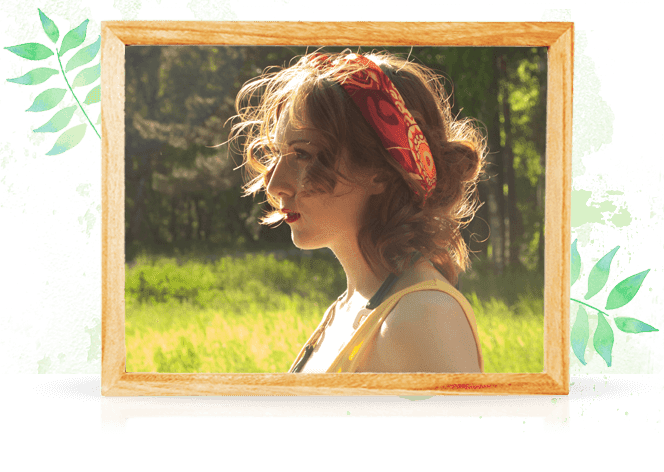Understanding Poetry
Let's delve into the fascinating world of poetic forms, meters, feet, and devices.
Poetic Forms:
Poetic forms are the structural patterns that poems follow.
-
Sonnet: A 14-line poem with a specific rhyme scheme.
As mentioned before, there are two main types: - Shakespearean (English): Three quatrains (four-line stanzas) and a concluding couplet (two-line stanza), with a rhyme scheme of ABAB CDCD EFEF GG.
The couplet often provides a twist or summary of the poem. - Petrarchan (Italian): An octave (eight-line stanza) rhyming ABBAABBA and a sestet (six-line stanza) with varying rhyme schemes like CDECDE or CDCDCD.
The octave often presents a problem or theme, and the sestet offers a resolution or reflection.
- Shakespearean (English): Three quatrains (four-line stanzas) and a concluding couplet (two-line stanza), with a rhyme scheme of ABAB CDCD EFEF GG.
-
Haiku: A Japanese poetic form consisting of three unrhymed lines of five, seven, and five syllables, respectively.
Haiku often focus on nature and evoke a fleeting moment or image. -
Limerick: A humorous five-line poem with a specific rhyme scheme (AABBA) and rhythm.
-
Villanelle: A 19-line poem with two rhymes throughout, where certain lines are repeated.
Dylan Thomas's "Do Not Go Gentle into That Good Night" is a famous example. -
Sestina: A complex form of 39 lines, divided into six stanzas of six lines each, followed by a three-line envoy.
The stanzas share six words in a specific pattern of rotation. -
Triolet: An eight-line poem with a specific rhyme scheme and repetition of lines.
-
Free Verse: Poetry that does not adhere to a regular meter or rhyme scheme.
This allows for greater flexibility and can capture the natural rhythms of speech. -
Blank Verse: Poetry written in unrhymed iambic pentameter (lines of ten syllables with an alternating unstressed and stressed pattern).
Blank verse is often used in dramatic poetry, like Shakespeare's plays.
Poetic Meter:
Meter is the rhythmic structure of a line of verse. It's determined by the pattern of stressed and unstressed syllables.
- Foot: The basic unit of meter. A foot is a combination of stressed and unstressed syllables.
Poetic Feet:
- Iamb: Unstressed syllable followed by a stressed syllable (da DUM). Example: "ABOUT"
- Trochee: Stressed syllable followed by an unstressed syllable (DUM da). Example: "Garden"
- Spondee: Two stressed syllables (DUM DUM). Example: "heartbreak"
- Dactyl: Stressed syllable followed by two unstressed syllables (DUM da da). Example: "Happily"
- Anapest: Two unstressed syllables followed by a stressed syllable (da da DUM). Example: "understand"
Meter Designations:
The number of feet in a line determines the meter:
- Monometer: One foot per line
- Dimeter: Two feet per line
- Trimeter: Three feet per line
- Tetrameter: Four feet per line
- Pentameter: Five feet per line
(most common in English poetry) - Hexameter: Six feet per line
For example, a line of iambic pentameter has five iambs per line (ten syllables, alternating unstressed and stressed).
Poetic Devices:
Poetic devices are tools used by poets to enhance their work and create specific effects.
-
Sound Devices:
- Alliteration: Repetition of consonant sounds at the beginning of words.
Example: "Peter Piper picked a peck of pickled peppers." - Assonance: Repetition of vowel sounds within words.
Example: "The rain in Spain falls mainly on the plain." - Consonance: Repetition of consonant sounds anywhere within words.
Example: "Some late visitor entreating entrance at my chamber door." - Onomatopoeia: Words that imitate sounds.
Example: "Buzz," "hiss," "meow." - Rhyme: The repetition of similar sounds, usually at the ends of lines.
- Rhythm: The pattern of stressed and unstressed syllables.
- Alliteration: Repetition of consonant sounds at the beginning of words.
-
Figurative Language:
- Metaphor: A comparison without using "like" or "as." Example: "He is a lion in battle."
- Simile: A comparison using "like" or "as." Example: "He is as brave as a lion."
- Personification: Giving human qualities to inanimate objects or animals.
Example: "The wind whispered secrets through the trees." - Hyperbole: Exaggeration for emphasis.
Example: "I've told you a million times." - Understatement: Deliberately making something seem less important than it is.
- Symbolism: Using an object or image to represent something else. Example: A dove often symbolizes peace.
- Imagery: Vivid descriptions that appeal to the senses.
-
Other Devices:
- Irony: A contrast between what is expected and what actually happens.
- Paradox: A statement that appears contradictory but contains a truth.
Example: "Less is more." - Oxymoron: A combination of contradictory terms.
Example: "bittersweet." - Allusion: A reference to another work of literature, history, or mythology.
- Apostrophe: Addressing an absent person or inanimate object.
- Repetition: Repeating words or phrases for emphasis.
- Enjambment: Continuing a sentence from one line of poetry to the next without punctuation.
Understanding these poetic forms, meters, and devices allows you to appreciate the artistry and craftsmanship of poetry and to analyze poems more effectively. Poetry is a rich and complex art form, and these tools are just some of the ways poets create meaning and evoke emotions in their work.







No comments:
Post a Comment